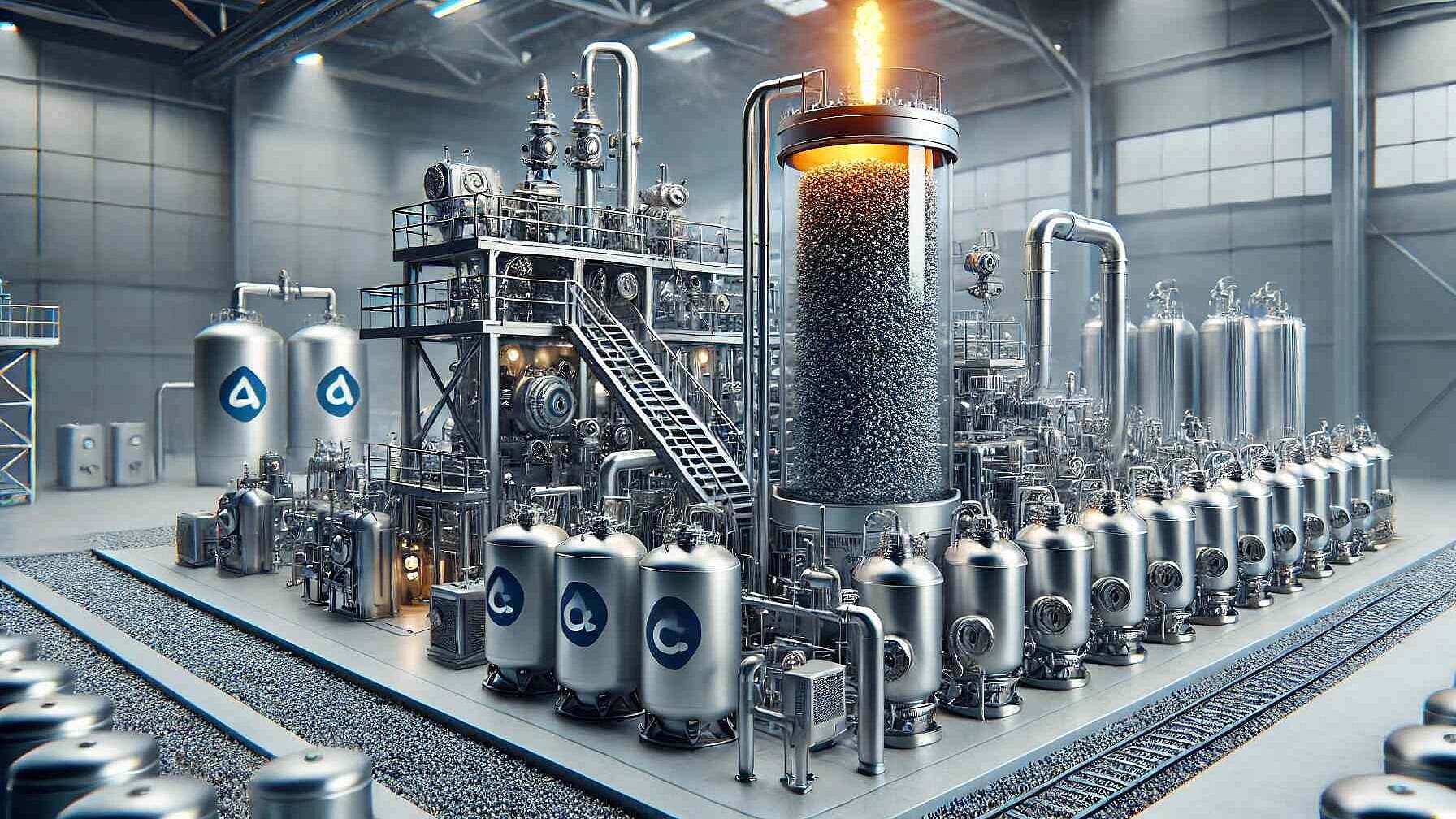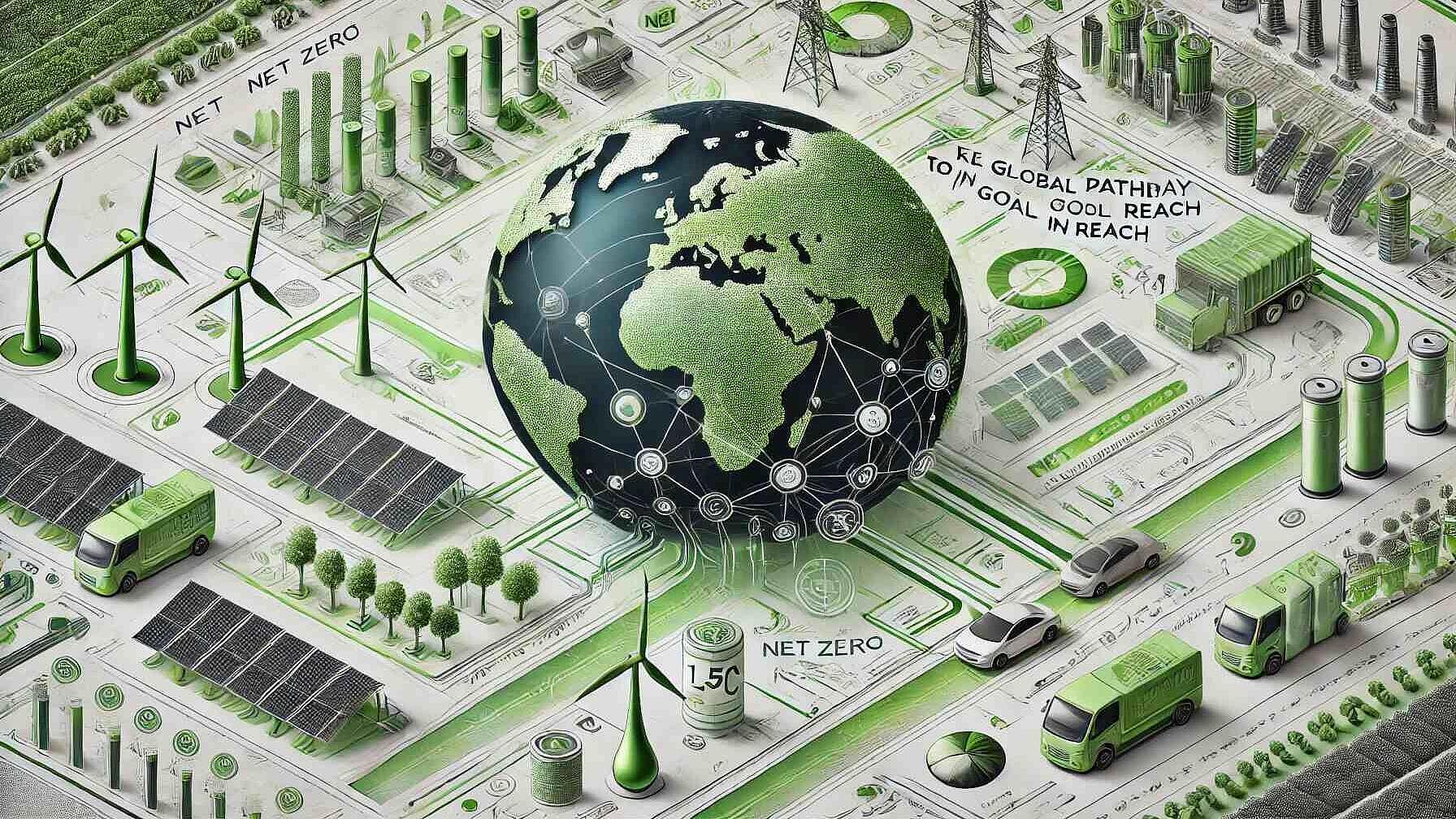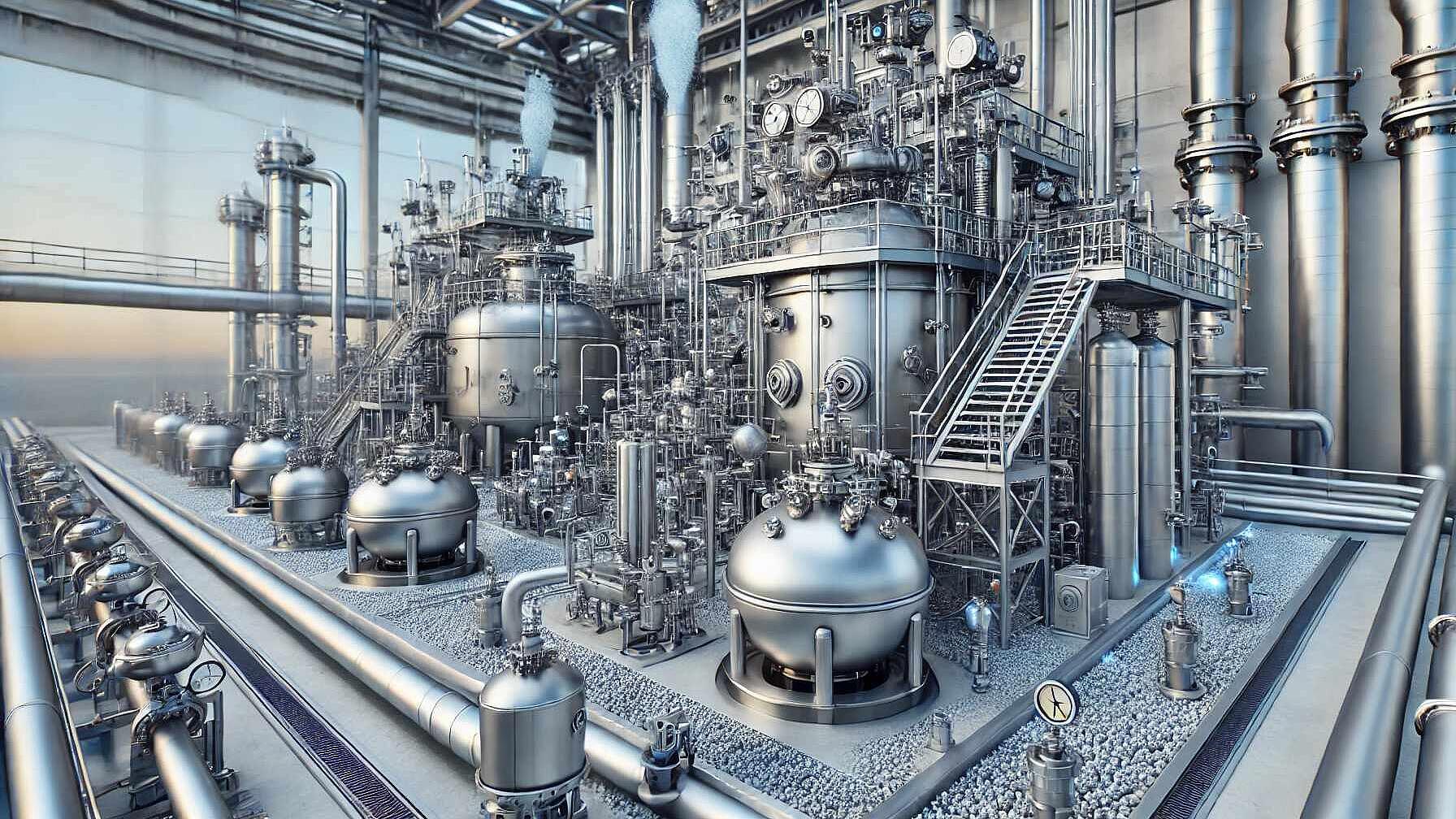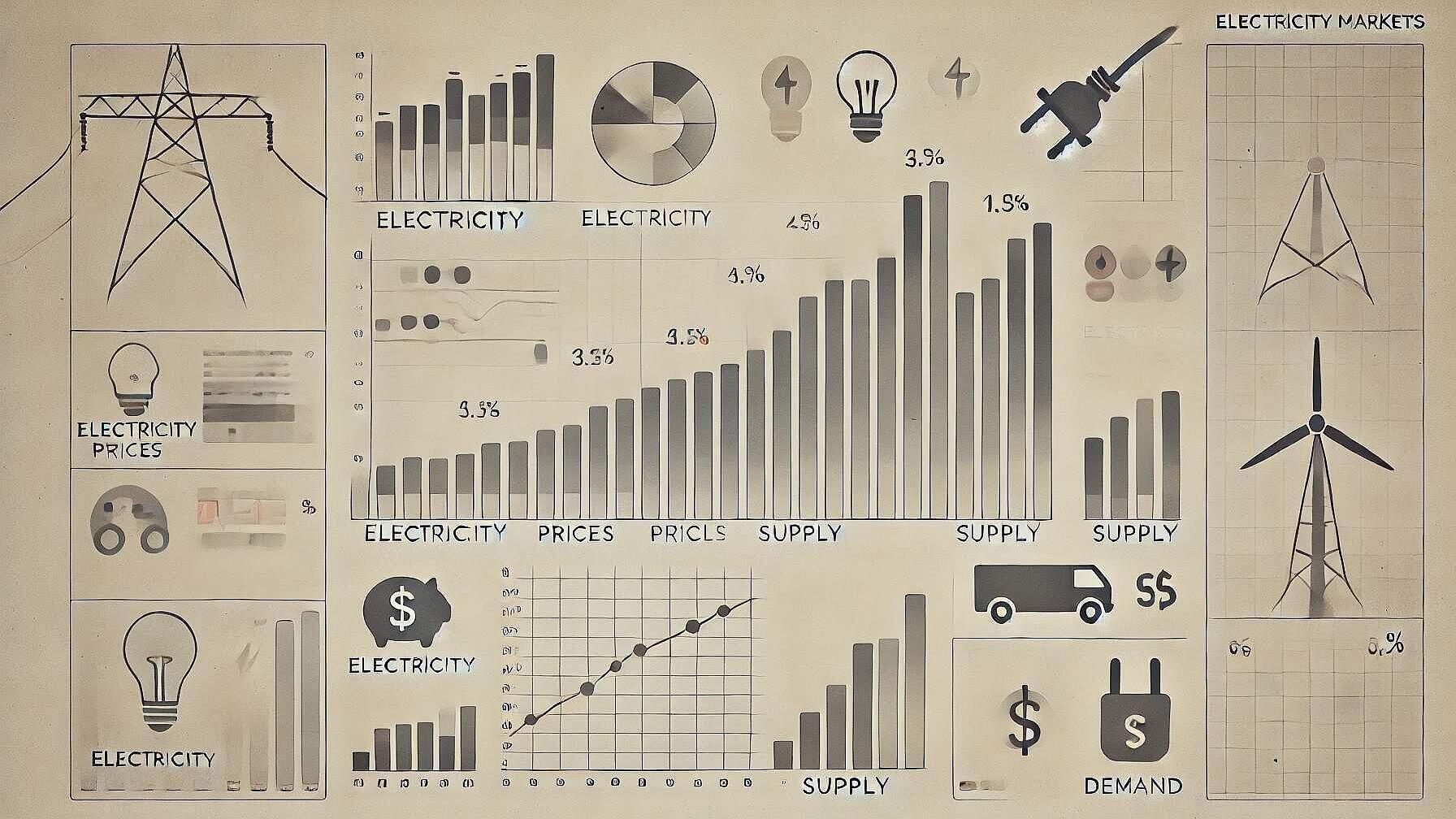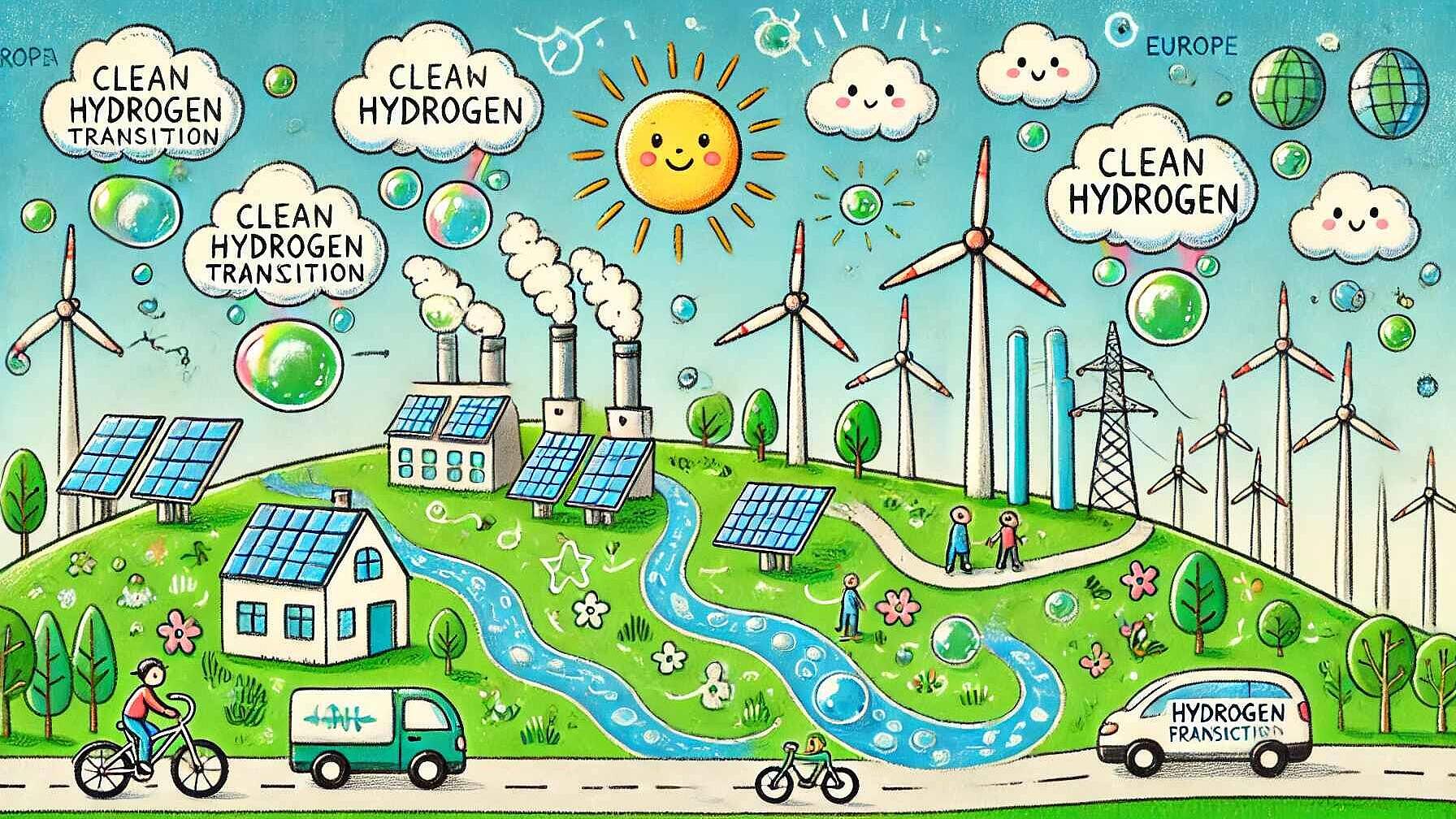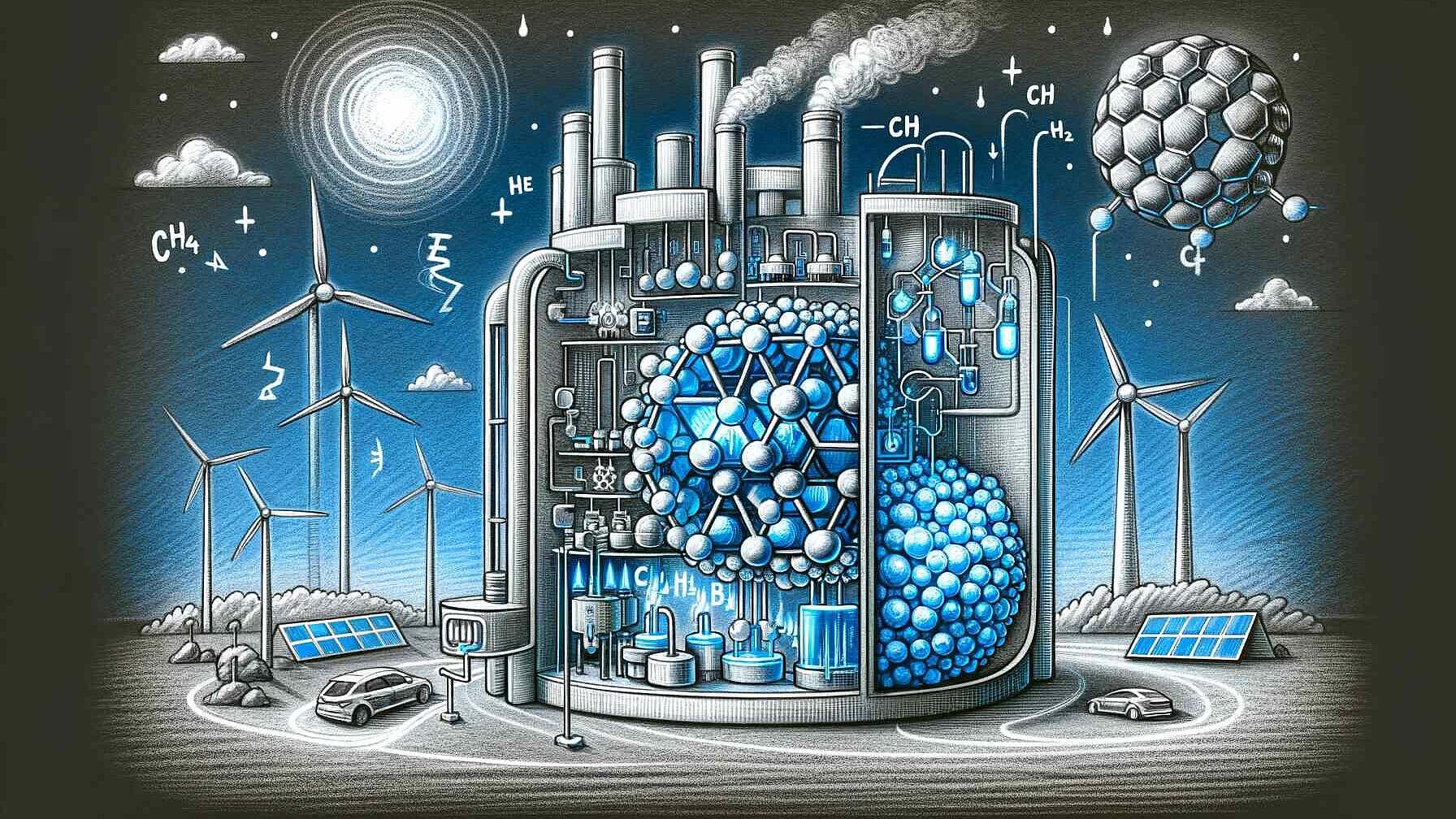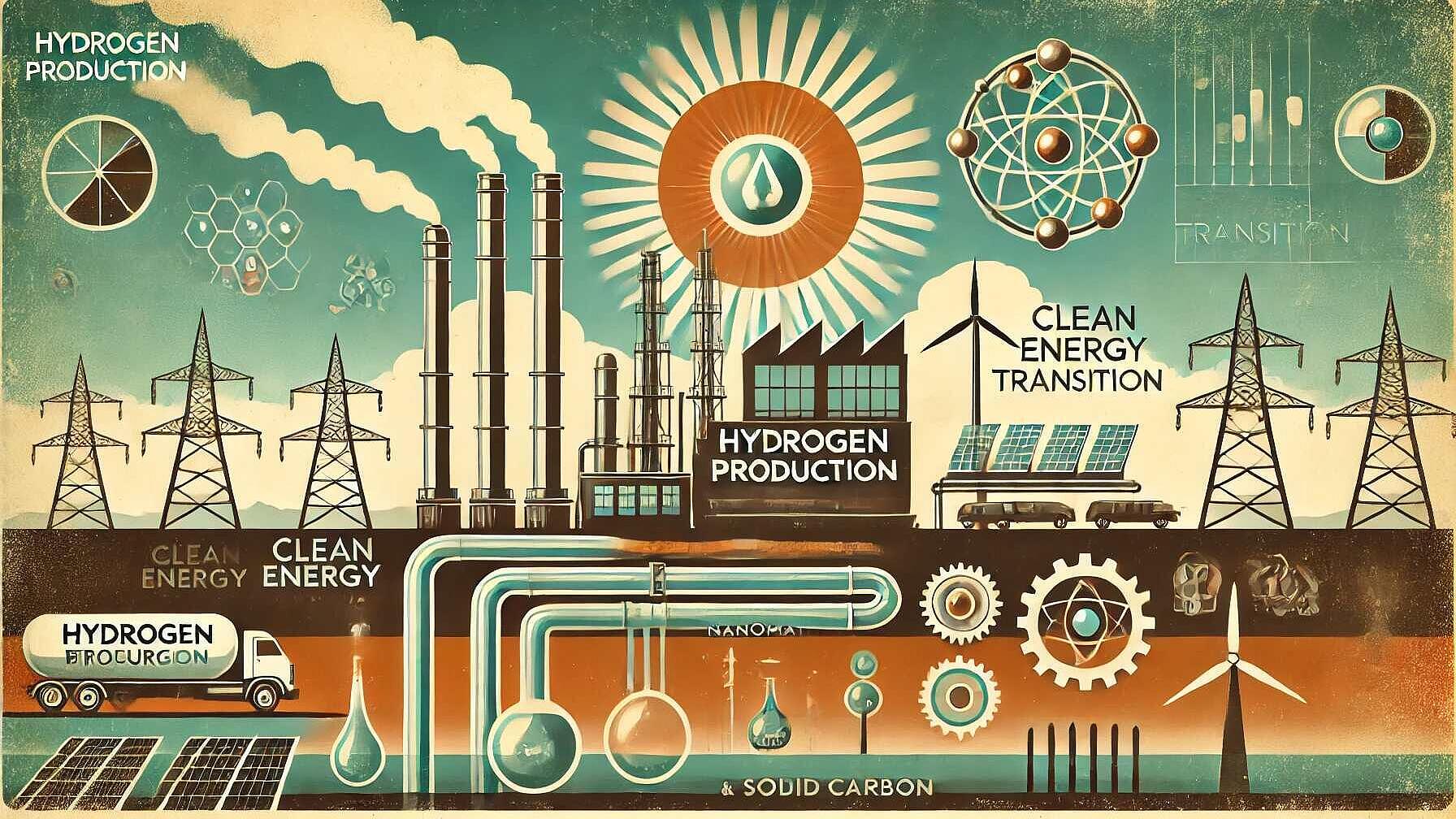 Renewable Energy
Renewable EnergyRenewable Energy
The paper examines the feasibility and implications of transitioning to a 100% renewable energy system by 2050, in line with the Paris Agreement's goal to limit global warming to 1.5°C above pre-industrial levels. Key findings reveal that electrification is central to this transition, with electricity's share of total energy consumption potentially increasing from 20% to over 90%. The transport sector is expected to undergo significant electrification, particularly through the adoption of electric vehicles. Solar and wind are identified as the main sources of renewable energy, projected to provide up to 69% and 45% of the total energy supply, respectively. This expansion could support around 134 million jobs by 2050. Nonetheless, the variable nature of solar and wind energy necessitates advancements in grid technology for stability and reliability. Energy storage, including batteries and pumped hydro, is deemed essential to address supply-demand imbalances. Green hydrogen is highlighted as a crucial element for decarbonizing industries and heavy transport. For heating and cooling, the paper suggests increased reliance on heat pumps and solar thermal technologies. The socio-economic advantages of transitioning to renewable energy are emphasized, with potential for job creation and health benefits by reducing air pollution and related deaths. To achieve these outcomes, the paper recommends policy actions such as committing to renewables, prioritizing energy efficiency, enhancing sector electrification, investing in energy infrastructure, and fostering international cooperation.
Read Full articleHarnessing Hydrogen: The Promise of Catalytic Methane Decomposition
Catalytic methane decomposition (CMD) offers CO2-free hydrogen production using transition metal catalysts, overcoming challenges of catalyst deactivation through strategies like bimetallic catalysts and reactor design innovations. Economically competitive, it potentially enables carbon-negative hydrogen via biogas, with valuable carbon byproducts.
Read Full articleAccelerating the Clean Energy Transition: An Updated Roadmap to Net Zero Emissions
The IEA's 2023 Net Zero Roadmap update outlines steps for a 1.5°C-aligned energy transition, emphasizing rapid clean energy deployment and innovation. It sets key 2030 milestones, including tripling renewables, improving efficiency, increasing EV sales, and reducing methane emissions. Global cooperation and investment are critical.
Read Full articleMethane Catalytic Cracking: A Promising Path to Clean Hydrogen Production
Methane catalytic cracking generates hydrogen and solid carbon without CO2 emissions, utilizing catalysts like nickel in reactors like fluidized beds. Catalyst deactivation and reactor challenges exist, but advancements may make this process a competitive, clean energy solution.
Read Full articlePowering Ahead: The Global Electricity Landscape Through 2026
Global electricity demand is projected to increase, led by China and India, with renewables and nuclear supplying all growth through 2026, indicating a shift towards low-emission sources, reducing CO2 intensity, and highlighting regional disparities in access and consumption trends.
Read Full articleHydrogen Pathways: Leading the Charge Towards a Sustainable Future
Europe aims for Net Zero by 2050 through increased clean hydrogen production, requiring advancements in technologies like water electrolysis and methane reforming with CCS. Innovation in these areas is key to achieving environmental and economic sustainability in the energy sector.
Read Full articleHydrogen on the Horizon: Shaping the Energy Future
Hydrogen is increasingly seen as a key to sustainable energy. Various countries develop national strategies focusing on decarbonizing hard-to-abate sectors and economic growth. Technological innovations aim to produce clean hydrogen efficiently, with international collaboration and private-public partnerships being crucial for the transition to a hydrogen-based economy.
Read Full articleElectrifying the Future: Joule-Heated Catalytic Reactors as a Pathway to Decarbonization and Innovation
The paper reviews electrification of chemical processes for decarbonization, focusing on Joule-heated catalytic reactors for efficient heat generation, highlighting advantages over traditional fossil fuel combustion and applications in methane reforming and CO2 valorization.
Read Full articleCatalytic Hydrogen Production: Pioneering Clean Energy with Methane Cracking
The EU's STORMING project is advancing methane cracking for CO2-free hydrogen production using catalysts and structured reactors powered by renewable electricity. This process also yields valuable carbon nanotubes, promoting sustainable and economically beneficial hydrogen applications and energy transition.
Read Full articleInnovative Pathways in Hydrogen Production: A Catalyst for Change in Clean Energy
Hydrogen production via catalytic methane decomposition (CMD) using Fe-based catalysts offers environmental benefits over traditional steam methane reforming by eliminating direct CO2 emissions. Fe-Al2O3 catalysts improve efficiency, offering pathways to repurpose carbon byproducts into valuable nanomaterials for energy storage and electronics, implying significant contributions to a circular economy and clean energy advancements.
Read Full article
